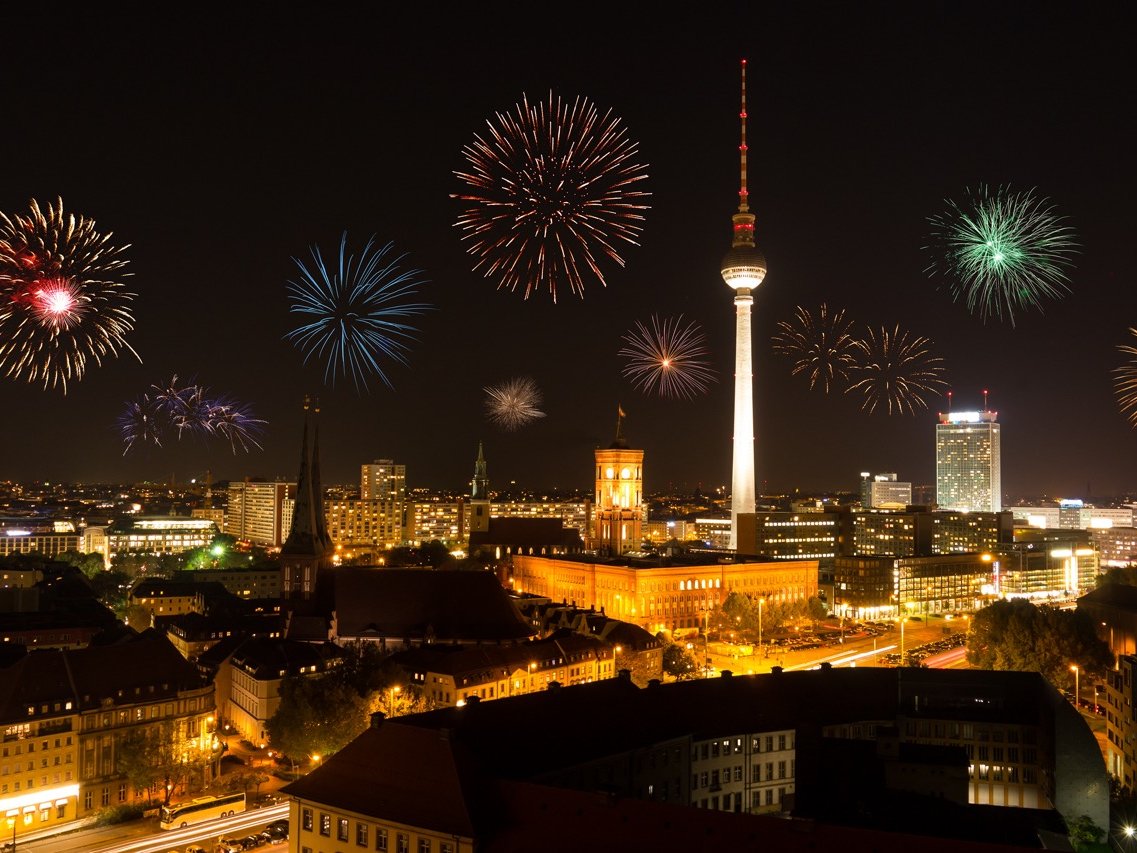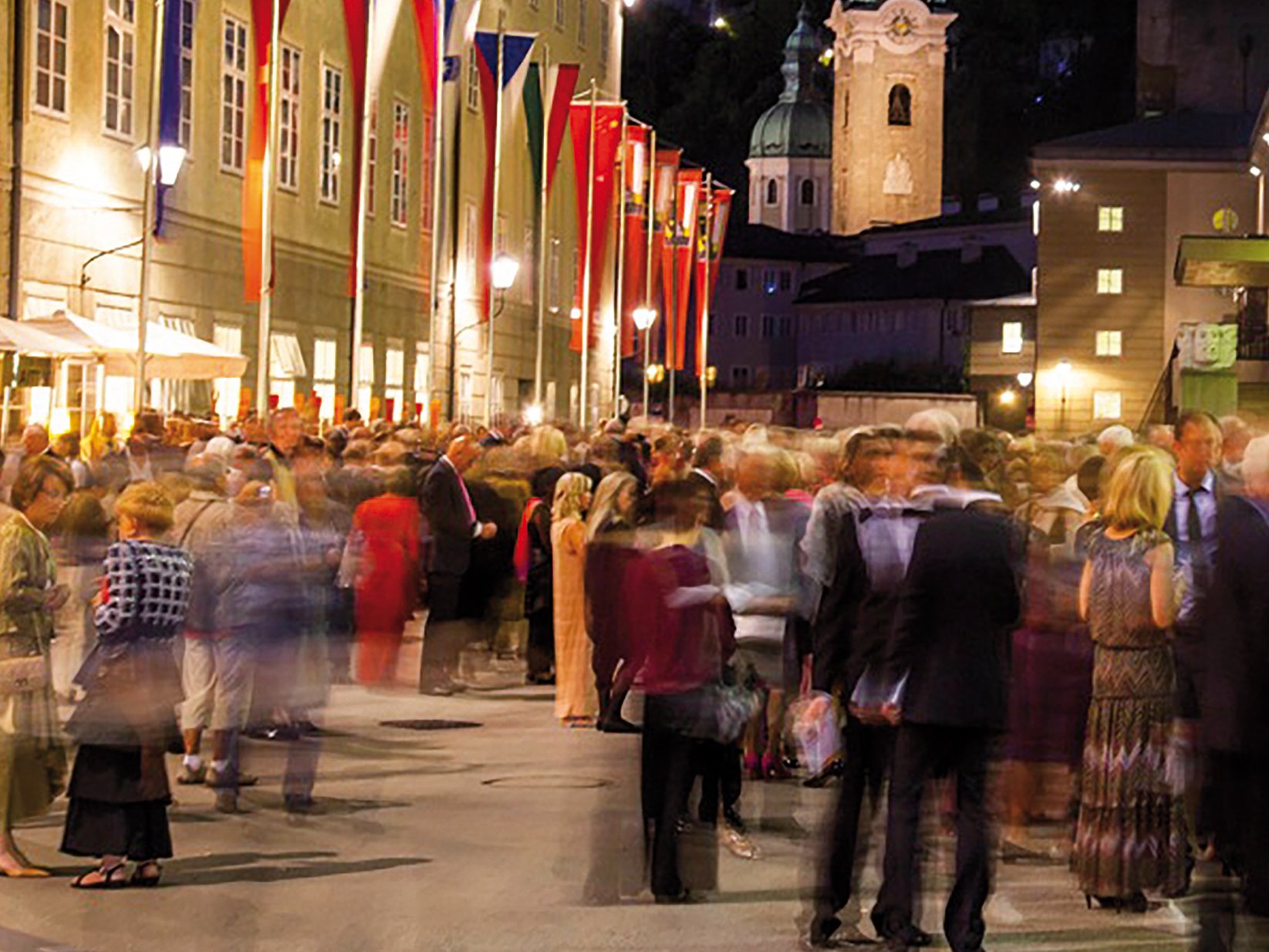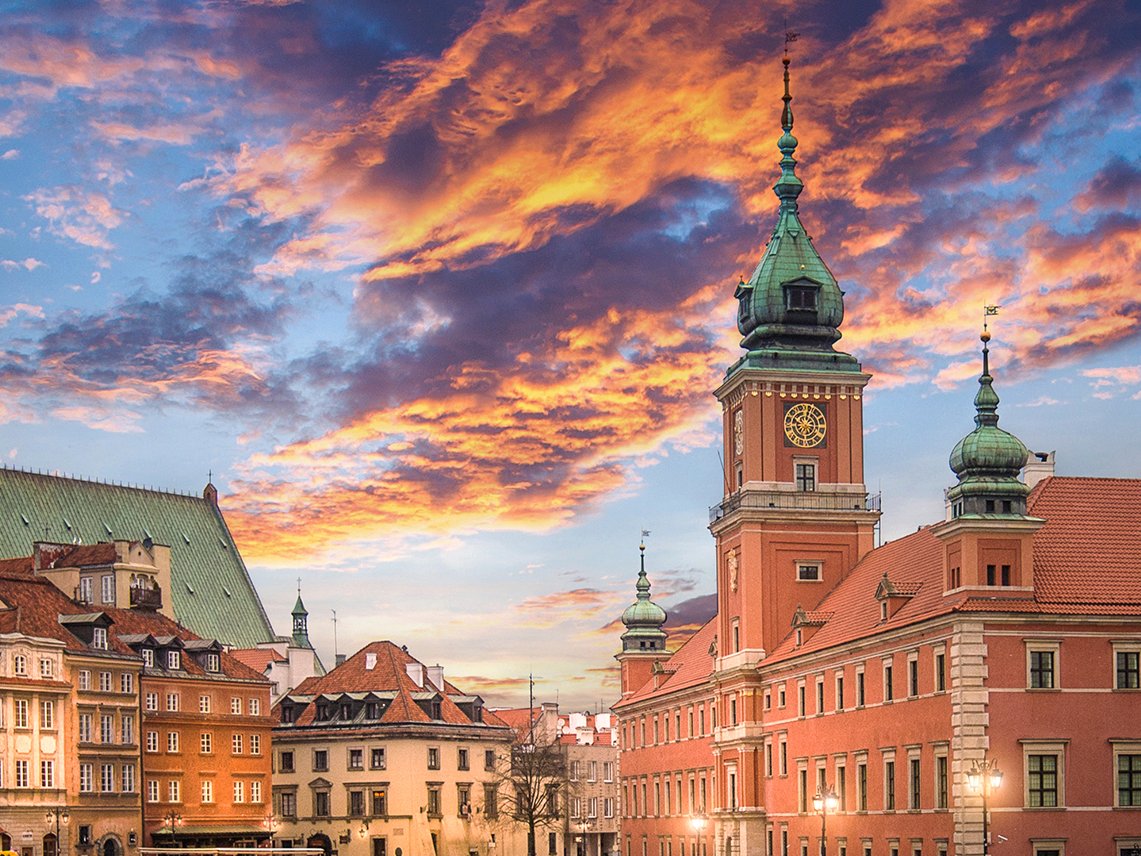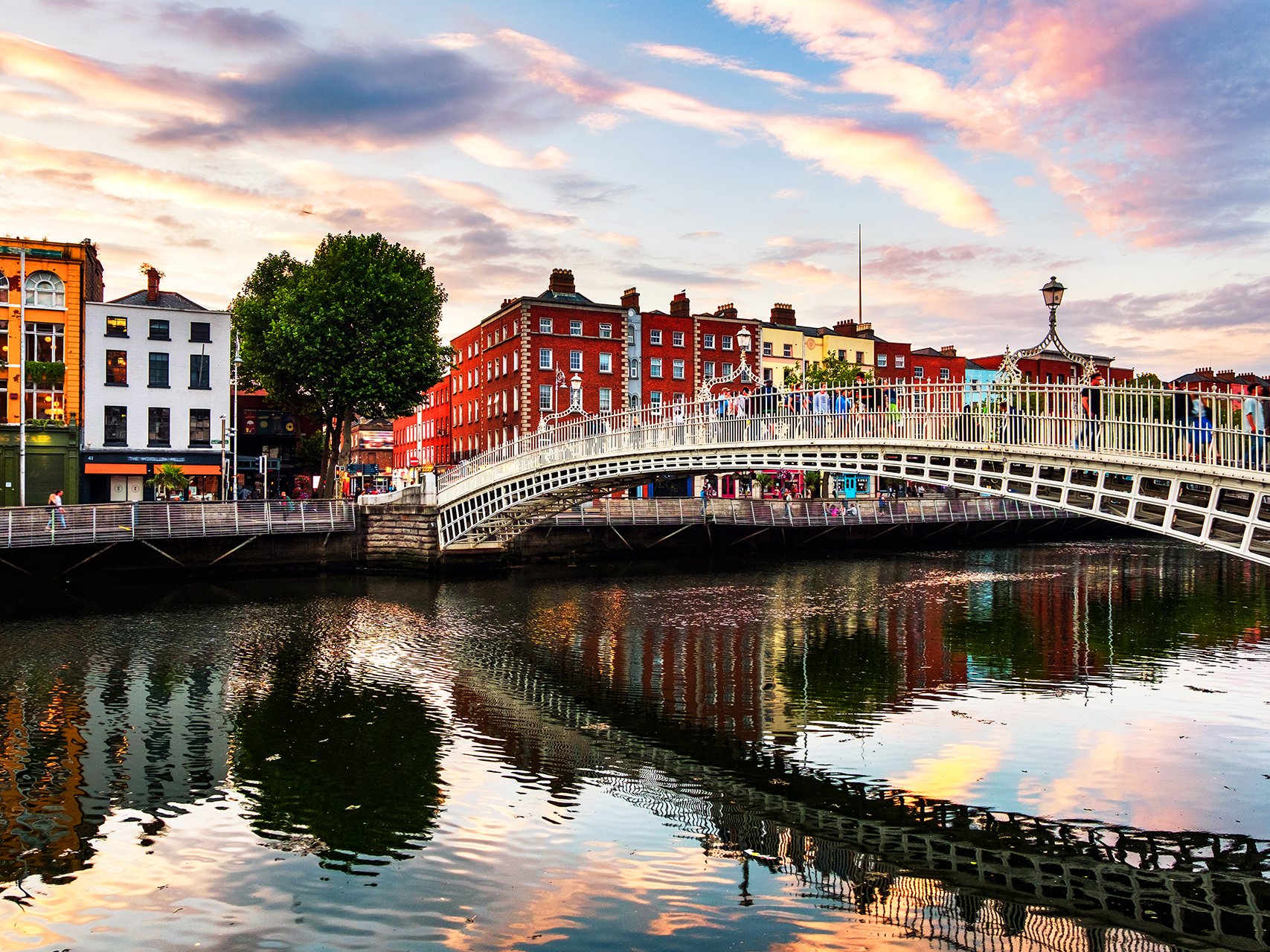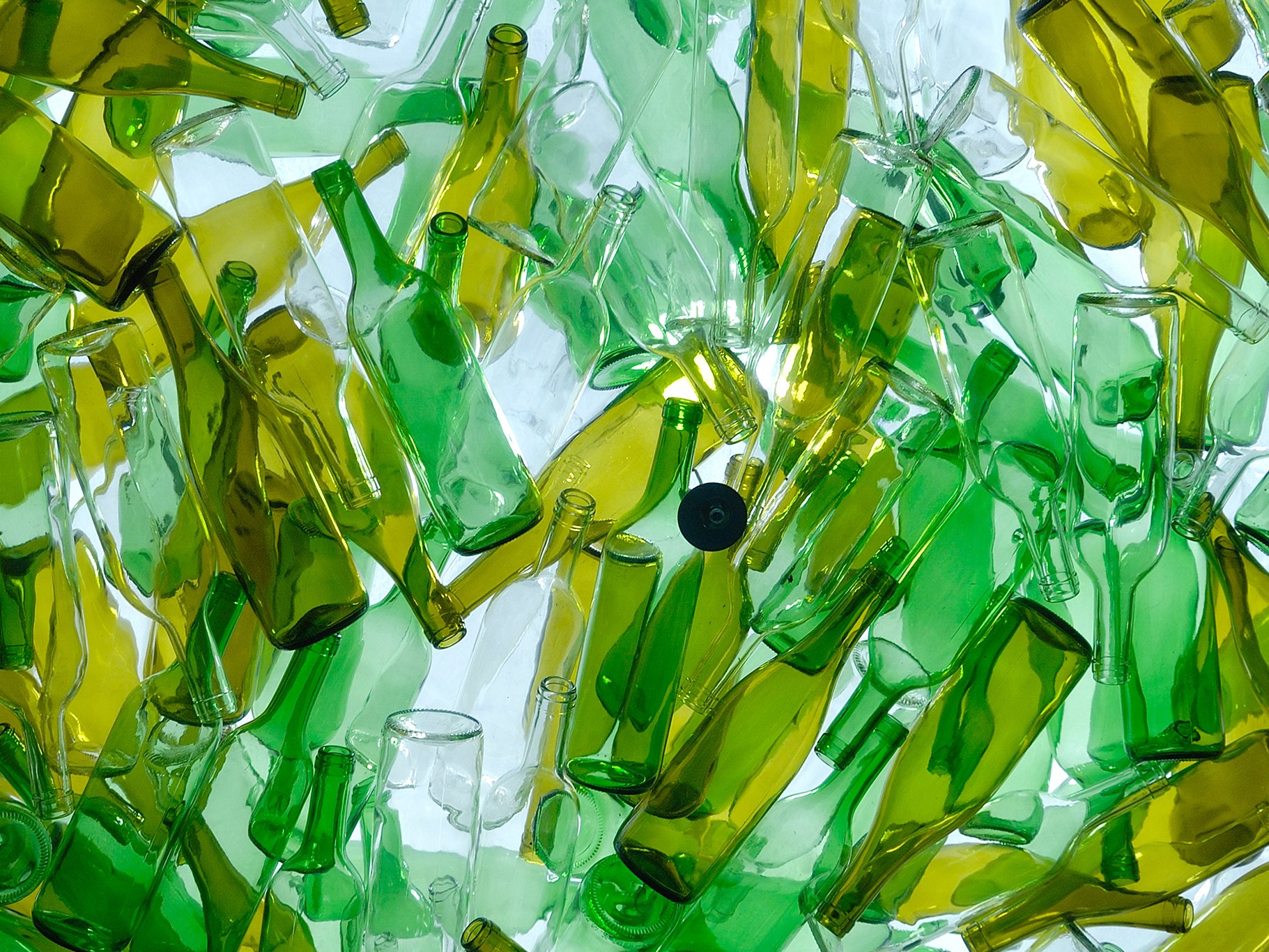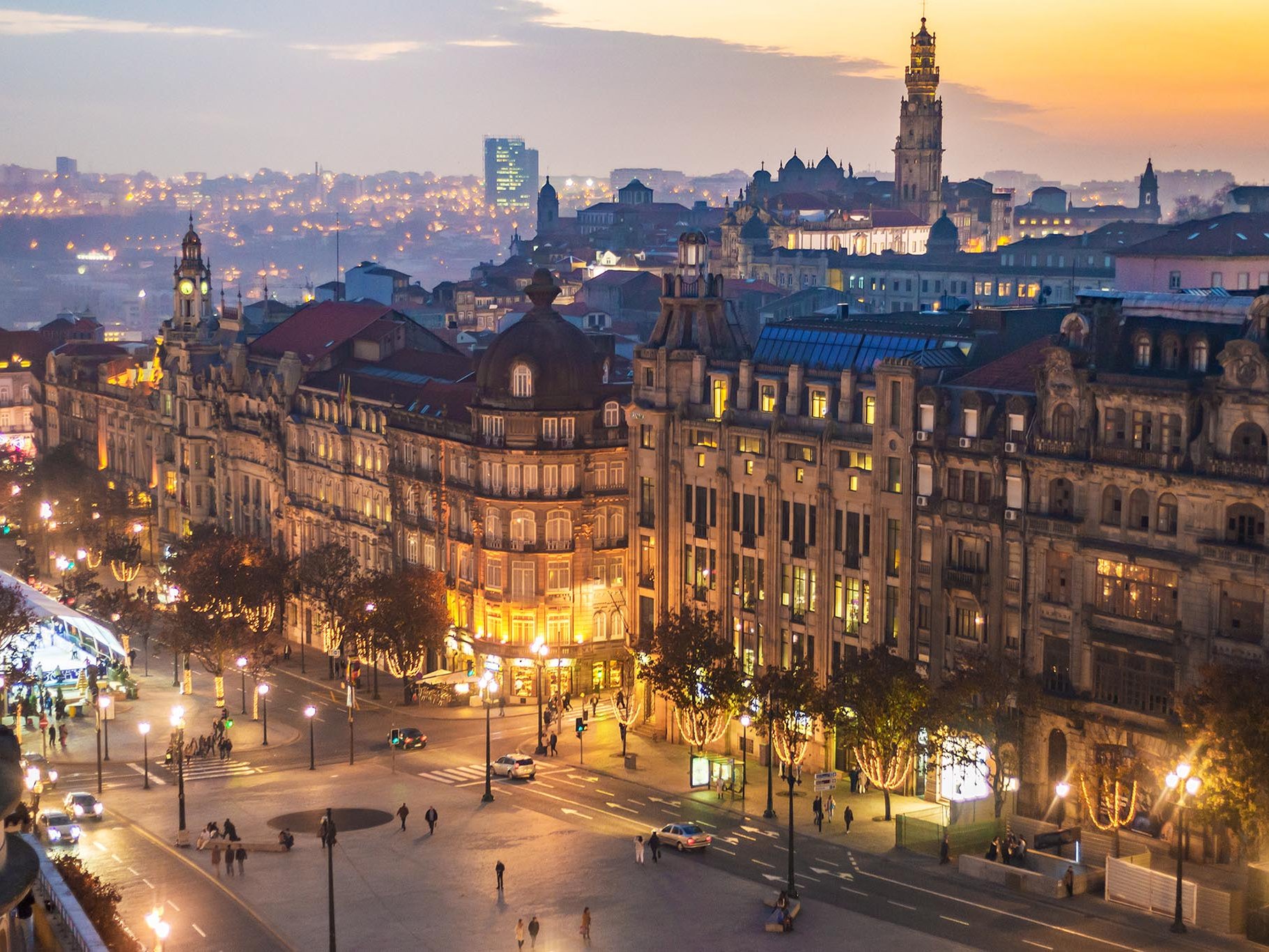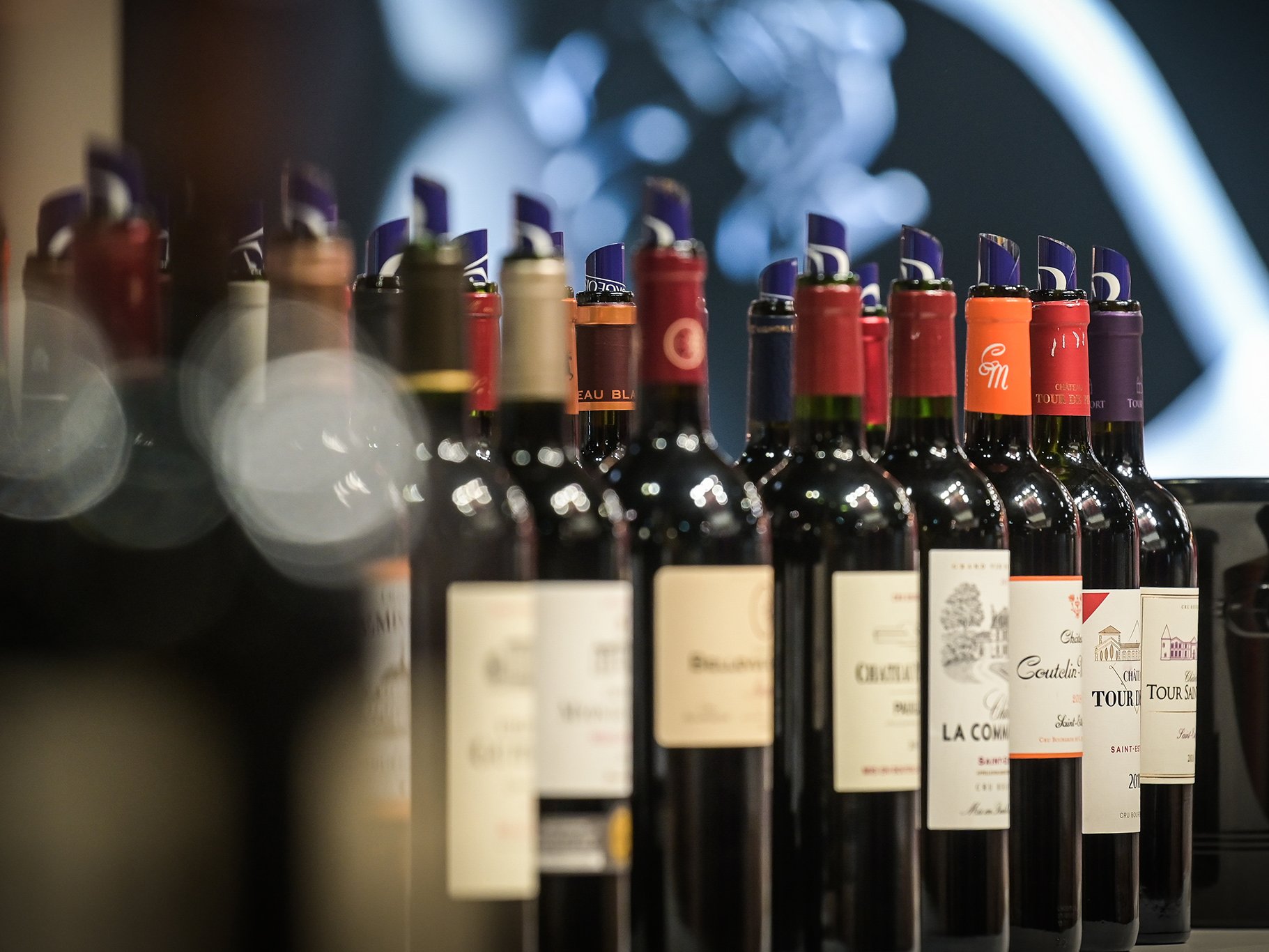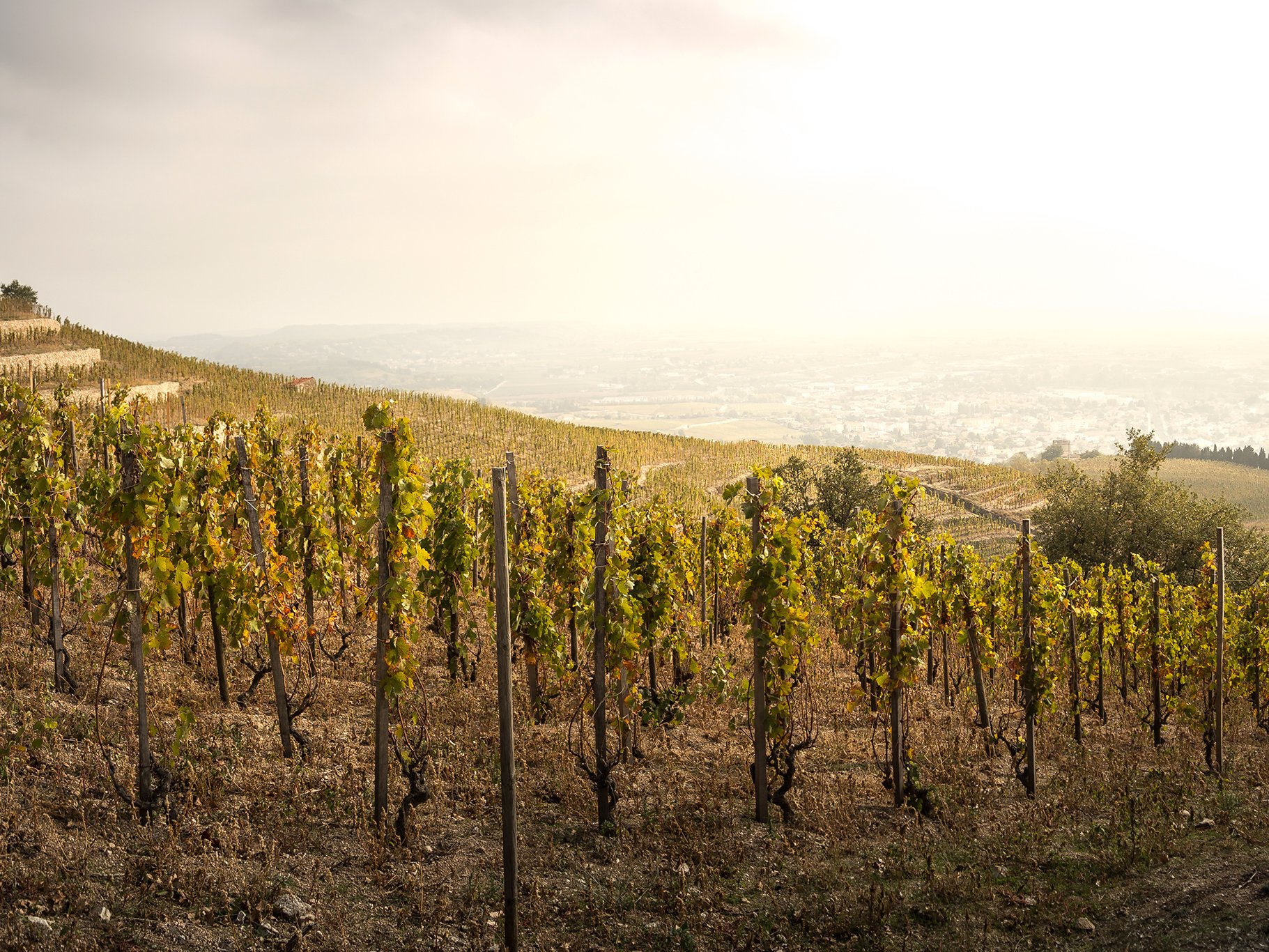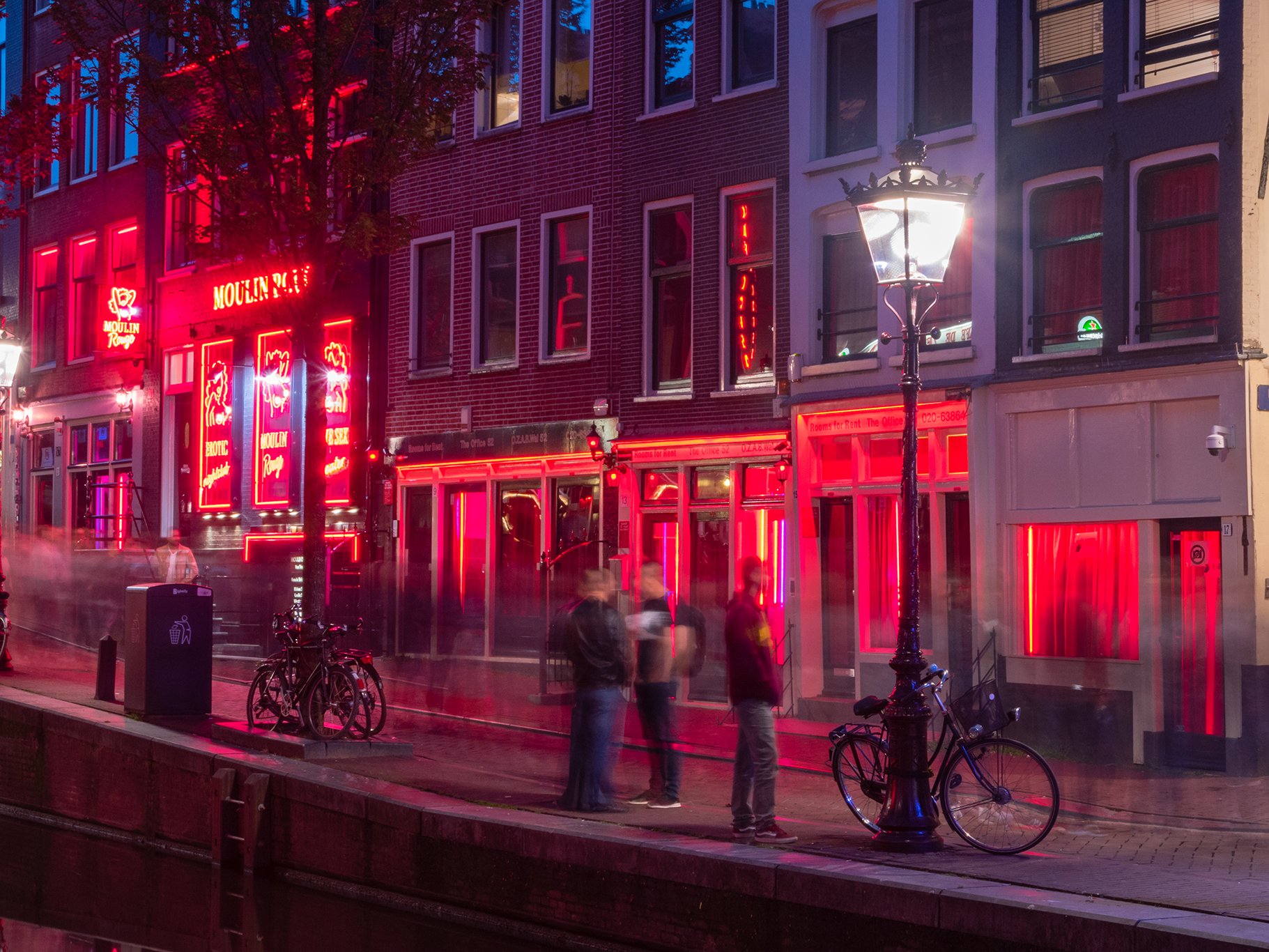North Macedonia – Balkan wine zenith
The wine world is of course awash in descriptors and idioms, but if there is one that neatly fits to North Macedonia, it is simply: the best things come in small packages.
North Macedonia, a tiny landlocked Balkan country, with a population of 2 million, produces just 91 million litres of wine annually.
But what goes into those bottles is distinctive indeed. And that is because North Macedonia is a wonderful stage that features indigenous regional grape varieties such as the red Vranec and Stanušina, and the white Žilavka and Smederevka. (Temjanika, or Muscat Frontignan, grows happily here as well). Most important, these wines are finally gaining recognition, albeit slowly but surely, on the international market. What is ironic, however, is that North Macedonia actually has been actively engaged in viticulture for well over 4,000 years. The period with perhaps the most influence on the growth of quality winemaking that has been taking place in the country in recent years was actually Macedonia’s 45-year tenure as a state within the Socialist Federal Republic of Yugoslavia. Because of its hot and sunny summers and range of grapevine-loving soils, Macedonia produced nearly two-thirds of Yugoslavia’s wine. But once it became an independent republic in 1991 (it was renamed North Macedonia in 2019), private investment saw new wineries established; international winemaking consultants, including the late Philippe Cambie, brought in; state-of-the-art cellar technology acquired, and new vineyards planted.
An own distinctive constellation
The careful attention given to vineyards meant also focusing more closely on climatic and terroir conditions, of which North Macedonia, even though surrounded by several other wine lands – Albania, Serbia, Kosovo, Greece, and Bulgaria –, has its own distinctive constellation.
North Macedonia has three wine regions, with the vast majority of wine produced in Povardarie, or Vardar River Valley, in the central part of the country. Planted in its soils, which include red clay, silt, sand, and limestone, are 24,600 of North Macedonia’s 28,213 vineyard hectares (the other two regions, Pcinya-Osogovo and Pelaginiya-Polog, are planted with the rest). Here, continental and Mediterranean climates converge to stir up roasting summer daytime temperatures that can easily climb above 40°C, and then drop by 15-20°C overnight. That may sound dramatic, but it can be beneficial: the air is so dry, that the grapes are not often threatened by fungal disease – which means minimal plant protection spraying, even just a few times per year. Also generous ventilating winds lend further to keeping the grapes clean and disease-free.
Dominating the vineyards is North Macedonia’s signature grape, Vranec. While this variety thrives in many neighbouring Balkan countries and in fact claims Montenegro as its birthplace, North Macedonia has by far the lion’s share with nearly 90% of all plantings – close to 11,000 hectares. Thanks to its fresh, vibrant acidity and firm, often robust tannins along with the red and dark fruit flavours – blackberry, lingonberry, cherry, and elderberry are just a few – Vranec is conducive to a wide range of (mainly dry) wine styles. From youthfully fresh and fruity to fine, medium-bodied to weighty, oak-aged versions with less-than-shy alcohol levels. It also performs nicely as a rosé and can be ideal in blend wines.
Wineries that have been working wonders with Vranec (and other varieties, of course) include Tikveš, which was founded in 1885 and is one of the biggest and oldest wineries in south-eastern Europe. The Tikveš winery, which owns 1,000 vineyard ha and controls an additional 5,000 ha, showcases its premium quality red and white wines through three domains: Lepovo; Barovo (the red marries robust Vranec with gentle Kratošija), and Bela Voda (the red version is a blend of Vranec and Plavec, or Plavac Mali, and is aged 15 months in new French barriques).
Chateau Kamnik hones 37 ha of vineyards in the Skopje and Veles districts of the Vardar River Valley and includes in its extensive wine roster the premium Terroir label Vranec Grand Reserve, which is made purely from handpicked Vranec grapes and vinified only from exceptional vintages. It undergoes ageing in American (80%) and French (20%) barriques.
Even though 85% of North Macedonia’s wines are exported, the majority of quality bottled wines make their way to neighbouring Balkan countries. Still, even with the country’s niche-size production volume, global awareness is indeed taking hold. Altogether, there are 38 countries now importing North Macedonian wines, including the Netherlands, the United States, and China. And with the wines being produced in an ever-growing array of styles – besides the dry red, white and rosé wines, there are traditional method sparkling wines, sweet wines and even “natural” minimal intervention wines –, the global reach and reputation is continuing to evolve positively. North Macedonia’s time has come for broader awareness and appreciation at tables around the world.

